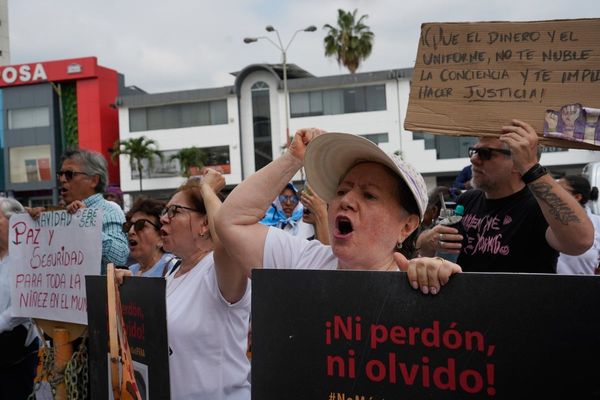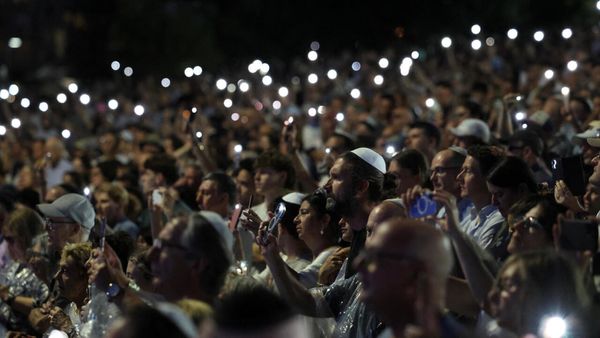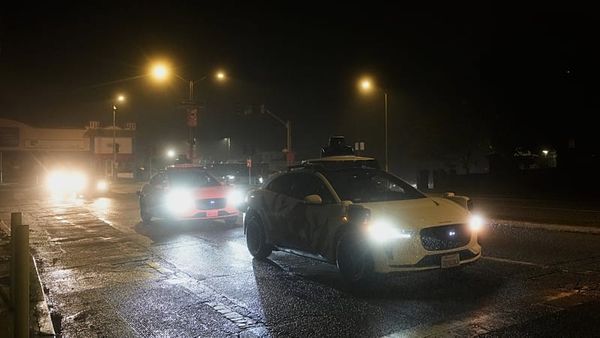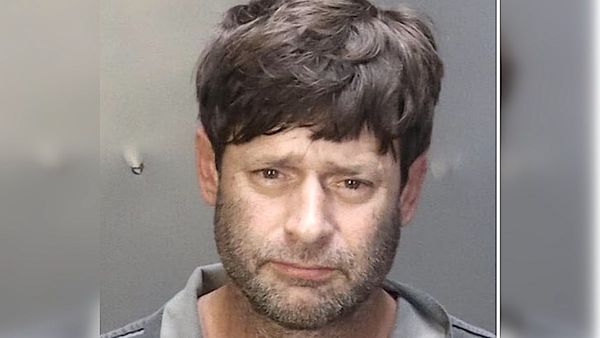
Chief Minister Andrew Barr had declared it all but case closed.
Likening any ongoing media scrutiny of Defence's role in the ignition of Orroral Valley fire to a "witch hunt", Mr Barr said in late January than an "endless circular blame game" over an incident which occurred a year earlier would achieve nothing.
There were lesson to be learnt, sure, but no point raking over old ground. Particularly after two separate inquiries had already examined the 2019-20 fire season.
MORE ON NAMADGI FIRE
- ACT Coroner launches inquiry into origins of Orroral Valley fire in Namadgi
- ESA commissioner lashes expert bushfire council in explosive letter
- Leaked bushfire review details explosive claims about handling of fire season
- 12 months on, the questions remains - could the Namadgi fire have been avoided?
- Defence took 45 minutes to alert ESA after Orroral Valley blaze ignited
The ACT coroner clearly has a different view, announcing on Wednesday that an inquiry would be launched into the cause, origin and immediate response to a blaze which burned through 80 per cent of Namadgi National Park.
These are the key questions which must be examined.
The 45-minute delay
ACT Chief Coroner Lorraine Walker's investigation will, at least initially, be limited to examining the 45-minute delay in the Defence helicopter crew alerting the Emergency Services Agency to the exact location of a fire that its aircraft had accidentally ignited deep in Namadgi National Park.
Defence have repeatedly said its priority amid the unfolding emergency was to return its crew to safety, but has never satisfactorily explained exactly why that meant the aircrew couldn't relay the fire's location to agency headquarters in Fairbairn.
The helicopter's aircrew did make an in-flight call after escaping the fast-growing blaze: to notify air traffic control and their military commanders about damage caused to their aircraft.
Why wasn't a second call made?
Could the fire have been quickly contained?
Photos taken by a helicopter crew member moments after the fire was sparked, which were published months after the event, showed how quickly it spread after ignition.

Could the crew have done more to stop the nascent blaze immediately after it was sparked? Was anything done at all?
Did the military helicopter, sent deep inside a tinder dry national park in the midst of Australia's worst fire season in decades, have firefighting equipment on board. If not, why not? If so, why wasn't it used?
The ACT coroner will be able to ask these important questions, without being accused of carrying out a "witch hunt" against army officers who found themselves in an emergency situation.
The next critical issue is whether the fire could have been contained if the helicopter crew had passed on the coordinates immediately after ignition - rather than 45 minutes later, when it landed at Canberra Airport.
ESA commissioner Georgeina Whelan insists it wouldn't have made a difference. She says ACT fire crews were deployed within 20 minutes of ignition, after smoke from Namadgi was spotted from Mt Tennent lookout tower.
The commissioner has maintained that it didn't matter that the crews were in the dark about the fire's precise location, as they would have taken the same roads regardless.
Whelan said on the first anniversary of the fire's ignition that it was "very unlikely" that the blaze could have been contained.
The coroner will be able to test that assumption. Given how quickly the fire was burning, every minute was crucial.
A needless mission?
The coroner must also get to the bottom of exactly why the MRH-90 helicopter which sparked the blaze was in Namadgi on that fateful January afternoon.
The agency says it sent the Defence helicopter into Namadgi to find locations where it could drop off and pick up remote fire crews.
But wouldn't ACT Parks and Conservation - which know Namadgi like the back of their hand - already have scoped out those spots?
Was it necessary for an helicopter to be flying such a mission when a total fire ban had been declared?
Some, including figures inside the agency, have long wondered if the helicopter was dispatched not out of necessity, but rather to make use of a resource handed to them by an under pressure prime minister.
Remember, it was Scott Morrison who had called in the military as he scrambled to correct his botched response to Australia's horror Black Summer fires.
Almost 18 months on, Namadgi remains scarred.







